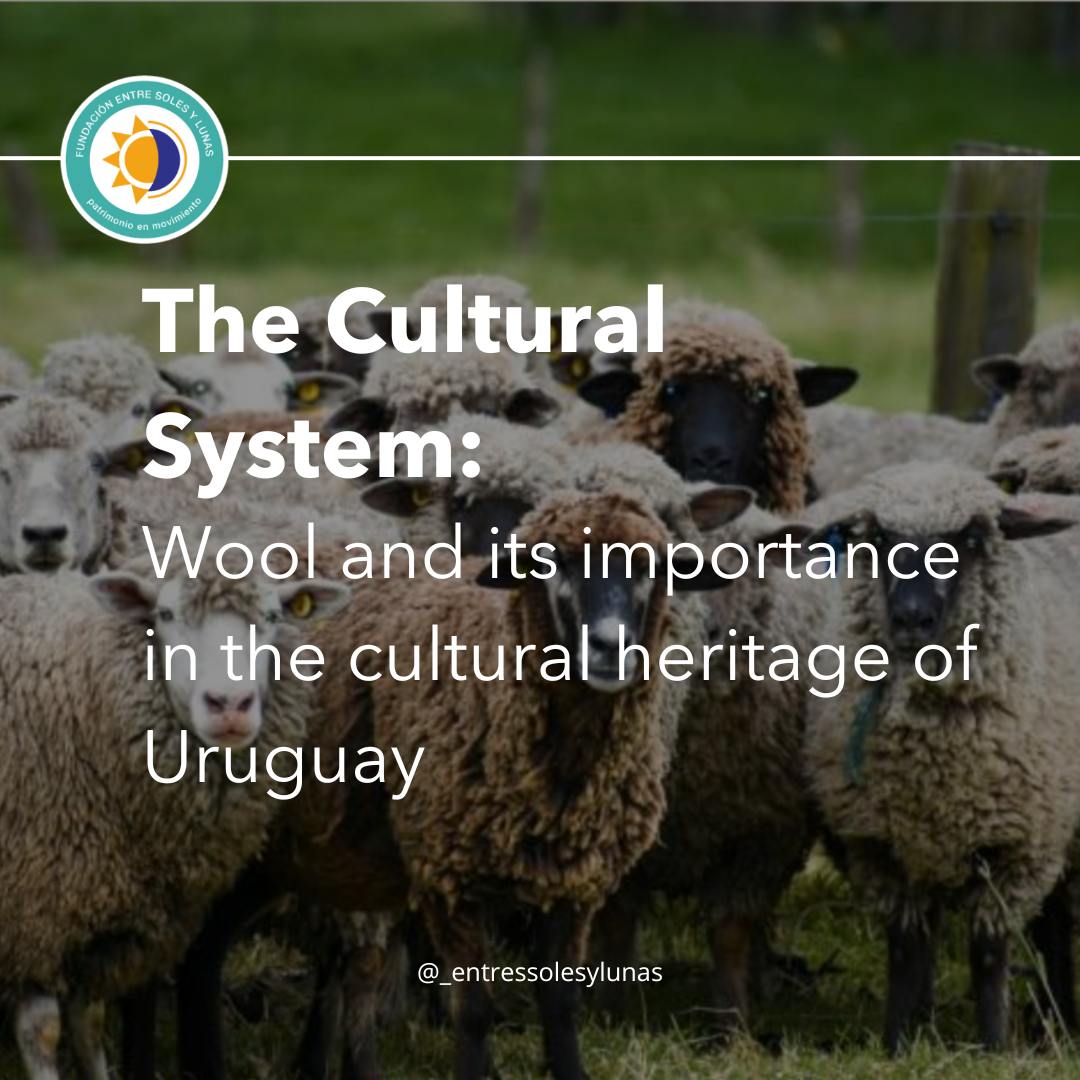By: Camila Rua / Translated by: Adriana Serrano
In September 2024, the Wool Cultural System was declared Intangible Heritage of the Nation in Uruguay, due to its importance in the tradition, culture, and economy of the country. Since the end of the 19th century wool has been a fundamental element of the economy, and the workers who are part of this system are recognized worldwide as the Uruguayan shearers.
Sheep have grazed in the country for nearly three centuries. The wool revolution, between 1858 and 1860, was a breaking point, since it meant the superimposition of wool on leather in exports. This was an important change for the economy of a country that had been based on the export of bovine leather and, to that extent, had grown dependent on foreign markets.
Wool was first requested by Europe due to the American Civil War, which affected cotton production in the United States, and later, during the First World War, for military clothing. Even though the wool market was fluctuating and this product competed against other fibers, it was not until the 1960s that the market was truly affected by synthetic fibers.
To obtain wool, the process begins with the care of the sheep, which requires permanent attention, such as vaccination, transportation and feeding. Next comes the shearing work, from which the fleece is obtained. The wool is then washed, dried, and the process of carding and spinning is carried out on a distaff. Finally, there is the dyeing and weaving of the fabrics using the loom or other techniques such as crochet or five-needle knitting.
One of the jobs for which Uruguayans are recognized is shearing. Even European countries, such as Spain, request approximately 300 Uruguayan shearers each year. This is because they work with the Tally-Hi method, which is characterized by prioritizing the animal and the quality of its wool over speed.
Another of the jobs that is a fundamental part of the culture in rural areas is the weaving of pieces by women. Some of them use the loom, others use the crochet or five-needle knitting. The latter has also been recognized in the 2019 Intangible Cultural Heritage Inventory of Uruguay, since it is a dying technique, and has been key to the generation of income for women.
Currently, Uruguayan wool is recognized worldwide for having a sustainable production. At the same time, it is necessary to recognize it for its importance for the Cultural Heritage, not only for its historical presence, or for its contribution as an economic and livelihood resource for families, but also for the culture created around it with different practices. In other words, sustainability, heritage and culture take refuge in Uruguayan wool.
Sources
https://www.uruguayxxi.gub.uy/uploads/informacion/73054b4fd75a99db86baa79a942d23e8ac9e5302.pdf
https://www.sul.org.uy/descargas/des/La_punta_de_la_madeja.pdf
https://planagropecuario.org.uy/uploads/magazines/articles/202_3157.pdf


Leave a Reply